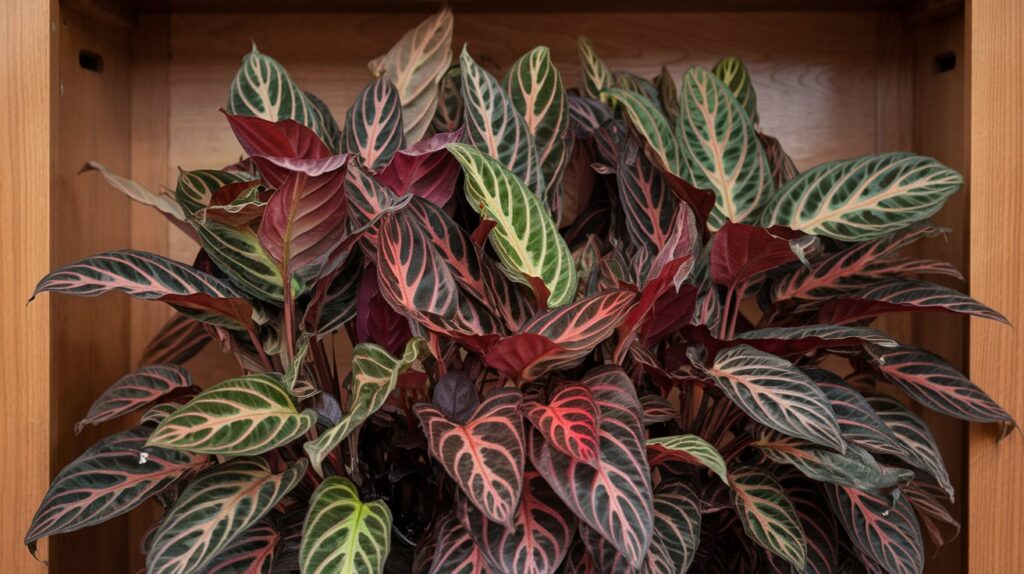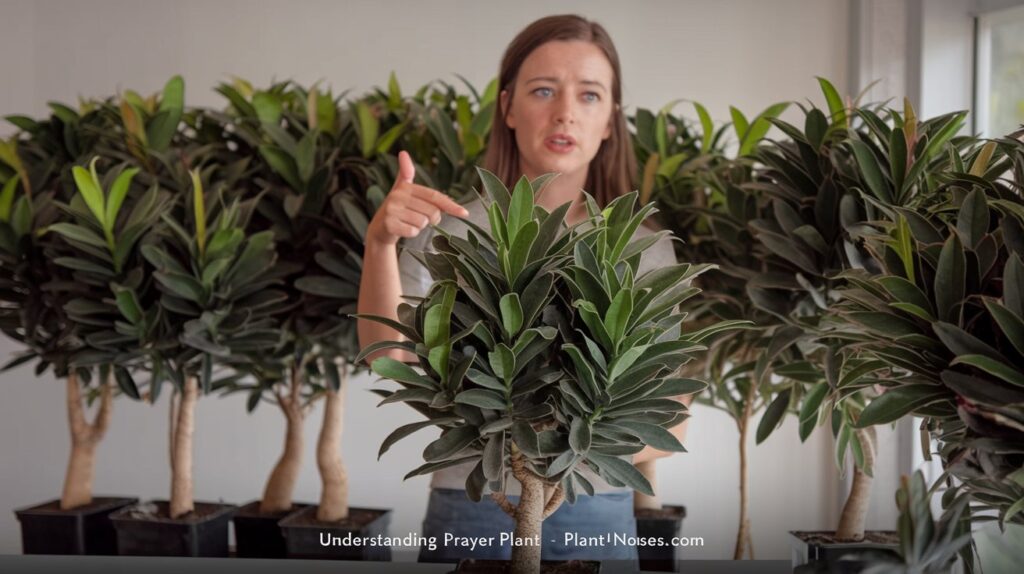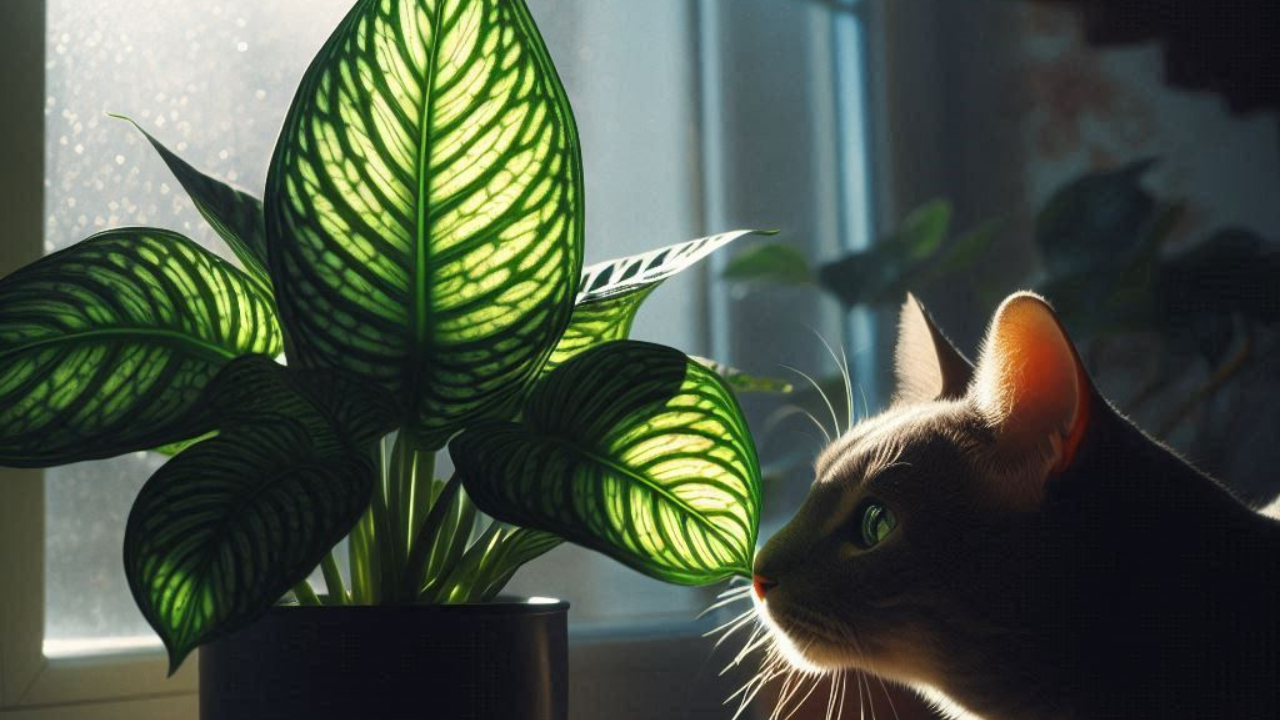Introduction
Prayer plants, renowned for their beautiful leaves and distinctive leaf movements are a favorite houseplant which add a touch natural beauty to any room. But for pet owners, it’s essential to know the possible dangers of these plants. In this complete guide, we’ll examine the possibility that praying plants pose a risk to cats and their impact on feline health, as well as how to make a safe space for your pets and plants.

Understanding Prayer Plants
What Are Prayer Plants?
Prayer plants, scientifically referred by the scientific name of Maranta Leuconeura is part of the Marantaceae family. These tropical perennials originate from the Brazilian rainforests. They are distinguished by their vibrant, patterned leaves that rise up in the night and resemble hands that are that are joined in prayer.
Popular Prayer Plants Varieties
- Maranta leuconeura var. erythroneura (Red Prayer Plants)
- Maranta leuconeura var. Kerchoveana (Green prayer plant)
- Calathea orbifolia (Round-Leaf Calathea)
- Calathea makoyana (Peacock Plant)
Are Prayer Plants Toxic to Cats?
The Good News
Prayer plants aren’t considered harmful for felines in accordance with the ASPCA (American Society for the Prevention of Cruelty to Animals). That means these lovely plants are generally safe to share with feline companions.
Potential Concerns
Prayer plants aren’t harmful but it’s important to know that any plant material when consumed in large amounts may cause a mild stomach discomfort in felines. Some of the symptoms include:
- Vomiting
- Diarrhea
- A loss of appetite
- Lethargy
The symptoms are usually minor and will resolve by themselves. If, however, you notice any persistent or serious symptoms It is recommended to speak with a vet.
Keeping Your Cat Safe Around Prayer Plants
Preventive Measures

Although prayers plants aren’t toxic but it’s important to be aware of the precautions you can take to ensure the safety of your cat as well as the health of the plants you have:
- Plants should be placed strategically Plants for prayer: Place them in areas that are not than your cats’ reach, like shelves that are high and hanging baskets.
- Use repellents Use pet-safe repellents to the plants and on your leaves, to deter cats from chewing.
- Offer alternative options Provide your cat plants that are safe to chew, like catnip or cat grass to divert their focus.
- Watch your cat Watch out at your cat’s behavior in the vicinity of plants and intervene should it be required.
- Leaves to be cut Cut regularly any leaves that are drooping or damaged which could tempt the cat to play them or chew them.
Creating a Cat-Friendly Plant Environment
For a peaceful coexistence between your cat and your prayer plants take note of the following suggestions:
- Designate zones that are plant-free Designate specific areas in your house where your cat is free to roam and not be surrounded by plants.
- Utilize physical barriers Put decorative rocks or pebbles on the soil’s surface to stop the cat from digging in or using the pot as a litterbox.
- Give your cat a chance to play Provide your cat with lots of scratching posts, toys and a variety of interactive playtimes for them to be entertained. This will make them less likely to annoy your plants.
- Grooming your cat regularly Make sure to brush your cat often in order to decrease the chance of them reaching out to plants that can provide additional fiber in their diet.
Benefits of Prayer Plants for Cat Owners
Air Purification
Prayer plants, along with many other houseplants, are able to help improve the air quality in your home by eliminating toxins and boosting humidity. This is beneficial for both you as well as the health of your pet’s respiratory system.
Stress Reduction
A plant’s presence in a house has been proven to decrease stress and anxiety for both animals and humans. A lush green leaves of prayer plants could create a the perfect environment for both you and your feline pet.
Natural Humidity
The prayer plants are thriving in damp climates and are able to increase the humidity in your air. This is especially beneficial for cats that are prone to dry skin or respiratory problems.
Alternatives to Prayer Plants for Cat Owners
If you’re concerned about the potential risk or need to look at alternative options, take a look at these cat-safe options for prayer plants:
- Spider Plant (Chlorophytum comosum)
- Boston Fern (Nephrolepis exaltata)
- African Violet (Saintpaulia)
- Parlor Palm (Chamaedorea elegans)
- Moth Orchid (Phalaenopsis)
These plants provide similar aesthetic benefits, but are non-toxic to cats.
Caring for Prayer Plants

To ensure that your plants for prayer flourish and stay healthy be sure to follow these guidelines for care:
- Light: Provide bright, indirect light. Avoid direct sunlight as it could cause scorching of the leaves.
- Water Maintain the soil always moist, but not dripping with water. The top inch of soil appears dry.
- Humidity: Keep high levels of humidity through misting, pebble trays or an humidifier.
- Temperature Maintain temperatures in the 60-80 degree range (15-27degC). Beware of cold drafts and sudden temperature fluctuations.
- Fertilizer Feeding monthly throughout the growing season using an adsorbent, water-soluble fertilizer, dilute up to the half-power.
- Pruning Remove regularly any damaged or yellowed leaves to encourage healthy growth.
Conclusion
In the end, prayer plants are safe for cats and can be an excellent and safe option for your home. But, it is important to be aware of the precautions you can take to ensure both your pets and plants flourish. If you follow the suggestions and guidelines provided in this detailed guide, you will be able to create an environment that is peaceful and where your pets and your prayer plants are able to coexist peacefully.
Keep in mind that each cat is different, and some are more susceptible to chewing on plants than others. Be sure to monitor your cat’s interactions with the houseplants, and consult with a vet if you are concerned about your cat’s health or behaviour.
When you select prayer plants and following the right methods of care, you can take pleasure in the beautiful lush tropical plants and keep your furry pets safe and content. With just a bit of effort and focus you can turn your home into an inviting, pet-friendly space which cats and owners will enjoy.
Frequently Asked Questions
Q: Are prayer plants toxic to cats?
A: No, prayer plants are not toxic to cats according to the American Society for the Prevention of Cruelty to Animals (ASPCA). However, ingestion of large amounts of any plant material may cause mild gastrointestinal upset in cats.
Q: What are the potential symptoms if a cat eats a large amount of prayer plant?
A: Potential symptoms may include vomiting, diarrhea, loss of appetite, and lethargy. These symptoms are usually mild and resolve on their own.
Q: How can cats be protected from interacting with prayer plants?
A: Cats can be protected by placing plants out of their reach, using pet-safe repellents, providing safe alternatives for chewing such as catnip or cat grass, and monitoring the cat’s behavior around plants.
Q: What are the benefits of having prayer plants in the home for cats and their owners?
A: Prayer plants help purify the air, reduce stress, and increase humidity in the environment. These benefits are advantageous for both cats and their owners.
Q: What are some safe alternatives to prayer plants if an owner is concerned about their cat’s safety?
A: Some safe alternatives include Spider Plant, Boston Fern, African Violet, Parlor Palm, and Moth Orchid. These plants provide similar aesthetic benefits and are non-toxic to cats.

